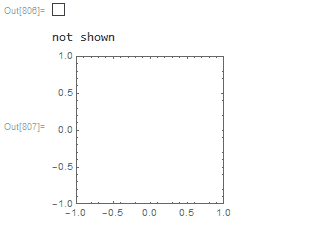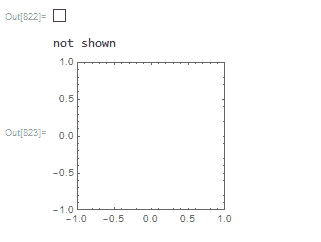Bug reproduced in V10.4.1 and persisting through V11.2
A support case with the identification [CASE:3699190] was created.
[...] It does appear that
SynchronousUpdating -> Falseis not interacting withCacheGraphicsproperly. I have forwarded an incident report to our developers with the information you provided. [...]
When Dynamic content is bigger, the updating is broken:
data = RandomReal[{-1, 1}, {10^4, 2}];
show = False;
Checkbox[Dynamic@show]
Dynamic[
If[ TrueQ@show, Length[data], "not shown"],
SynchronousUpdating -> False
]
Graphics[{
Dynamic[
If[TrueQ@show, Line[data], {}],
SynchronousUpdating -> False
]},
PlotRange -> 1, Frame -> True]
As we can see Length is updated correctly while the plot remains populated and only flashes during next switch.
It won't happen if data is smaller, e.g 10^2.
Answer
It seems to be another "feature" related to CacheGraphics, this will work correctly:
Graphics[{
Dynamic[
If[TrueQ @ show, Line[data], {}],
SynchronousUpdating -> False
]},
PlotRange -> 1,
Frame -> True,
BaseStyle -> CacheGraphics -> False
]
Another because we already know that: Transparent bitmaps or graphics in gui objects initially appear wrong


Comments
Post a Comment